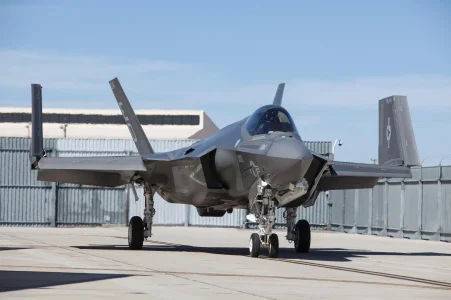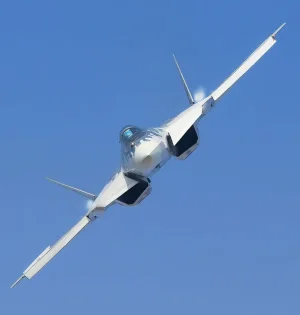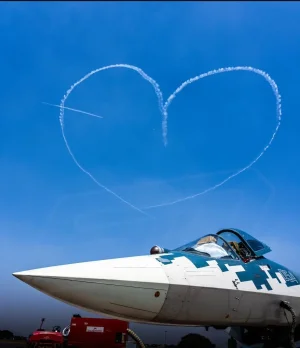- Joined
- Jul 1, 2024
- Messages
- 1,907
- Likes
- 10,262
The internal cargo width of IL76 is small 3.45 meter which is smaller than C17 width of 5.49m.
Even the much bigger C5 Galaxy width is only slightly wider at 5.8 meter. So the C17 design is really good for carrying wide payload.
Only the An-124 is substantially bigger at 6.4 meter width. Wonder why India never got these or has expressed interest in this. Russia since 2014 has started a seperate effort to make new bigger composite version, along with more powerfull engines without any help from Ukraine.
Surely this can come handy for India for transporting tanks, train sets and large sattelites.
Even UAE has one An124.
We tried the infamous IL-276 route. HAL dropped out of the project along with PAK-FA.
With Russians. It is the same route, where you will shafted out periodically by giving them money. Ends up with Plane where we need to buy avionics.
IAF transport fleets needs to be fixed.
1. We have C-295 and AN-32. From Chat GPT.
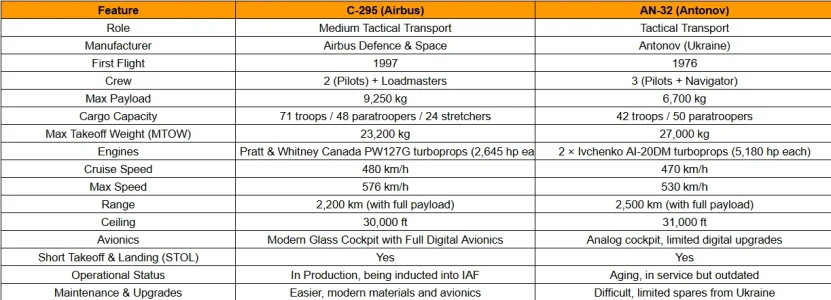
C-295 is newer and superior against an An-32. Bigger thing is TASL is manufacturing them in India. So we can completely switch to C-295 as low level tactical airlifter.
2. Next we have C-130J platform for Medium duties. Also we can getting some murmurs of Embraer wants an deal.
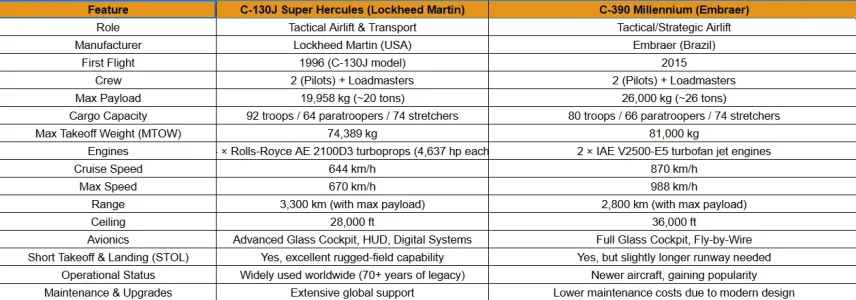
Now TASL is working as supplier to LM for C-130J. Also Embraer shown interest in setting up the plant in India. This is where diplomacy plays the role. Either we get the C130J production line by assuaging Trump or Discuss with Embraer and get an Indian Partner for setting up the C-390 Production line.
Now we have two production lines for Small and Medium size Cargo planes.
Now coming to big boys like C-17,IL-76. This is where the problem is. Russia is Russia and C-17 production ceased.
Either we can get scrap C-17 from UK reserves and call daddy trump for C-17 with extra money. Or work with UAC to get an IL-76 plane line in India. Question is can we do this with Russians. Generally they will scam them within few years.

